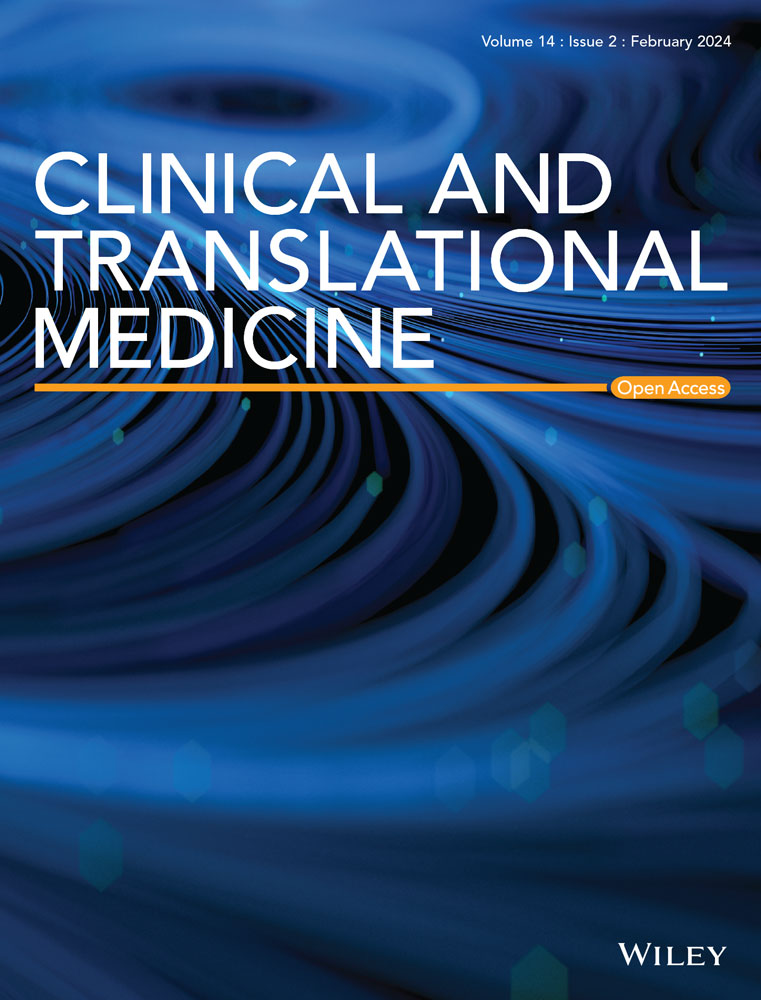Dynamics of the intratumoural microbiome across malignant transformation and treatment in breast cancer
Abstract
Breast cancer (BC) is the most common malignancy in women, yet the dynamics of the intratumoural microbiome during tumour initiation, progression, and treatment remain poorly understood. Prior studies are predominantly cross-sectional and limited by indirect microbial inference from RNA-seq data. This study presents a comprehensive analysis of intratumoural microbiota across breast tissue samples by high-depth 16S rRNA sequencing (11 W tags), featuring two longitudinally paired cohorts for dynamic microbial profiling during tumour progression and treatment. Samples included 165 benign nodules (82 non-transforming, 83 that later progressed to cancer with matched malignant tissues); 180 primary BC tissues and 165 benign controls; and 101 neoadjuvant therapy (NAT) specimens (15 pCR, 86 non-pCR, with paired pre/post-treatment samples). We identified a cluster of taxa (Aeromicrobium, Halomonas, Dietzia, Nesterenkonia, Delftia, Nitriliruptor) depleted in nodules undergoing malignant transformation, declining with disease progression and partially restored after NAT, with transient enrichment early in transformation. Opposing trends were observed for Paenibacillus and Methyloversatilis. These changes corresponded to shifts in amino acid, lipid, and glycan metabolism. FISH and TEM analyses identified Paenibacillus pasadenensis and Halomonas hamiltonii within tumour cells, with opposing effects on tumour proliferation and activation. In addition, we developed two predictive models with high clinical relevance: one stratifying malignancy risk in nodules, and another predicting NAT response, both of which achieved strong performance in external validation. This longitudinal characterisations of intratumoural microbiota during breast tumourigenesis and treatment offer novel insights for precision oncology and microbiome-based interventions in breast cancer.


 求助内容:
求助内容: 应助结果提醒方式:
应助结果提醒方式:


